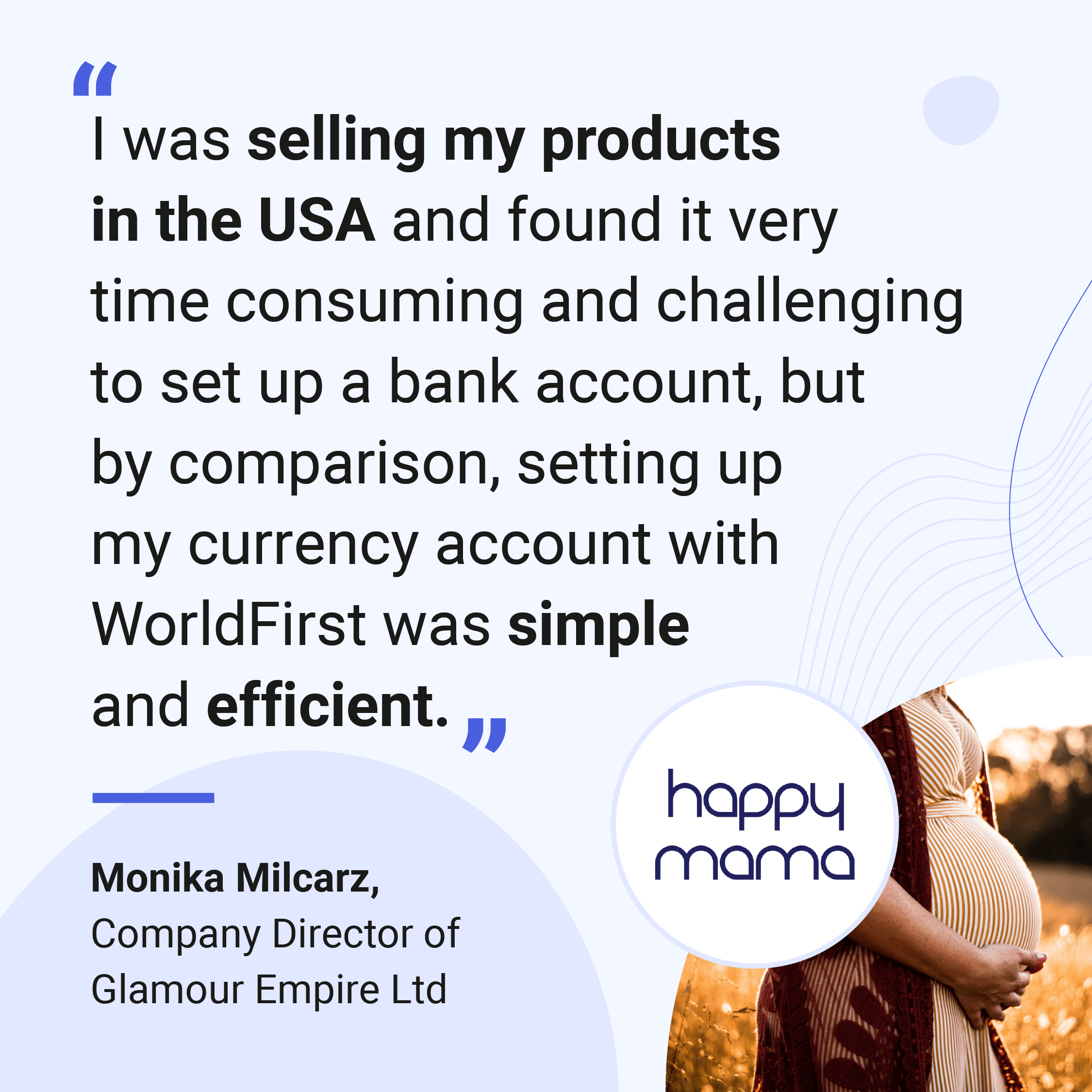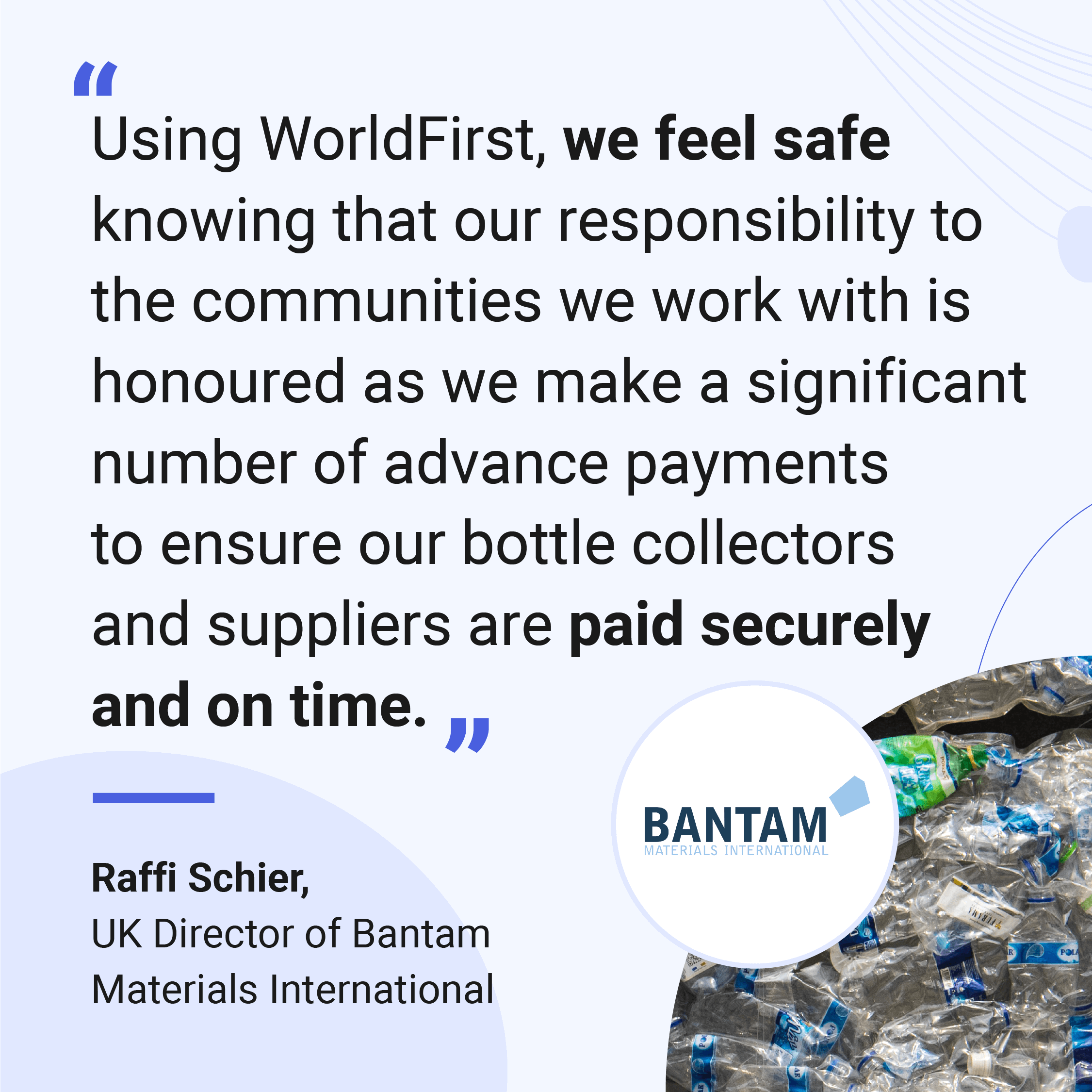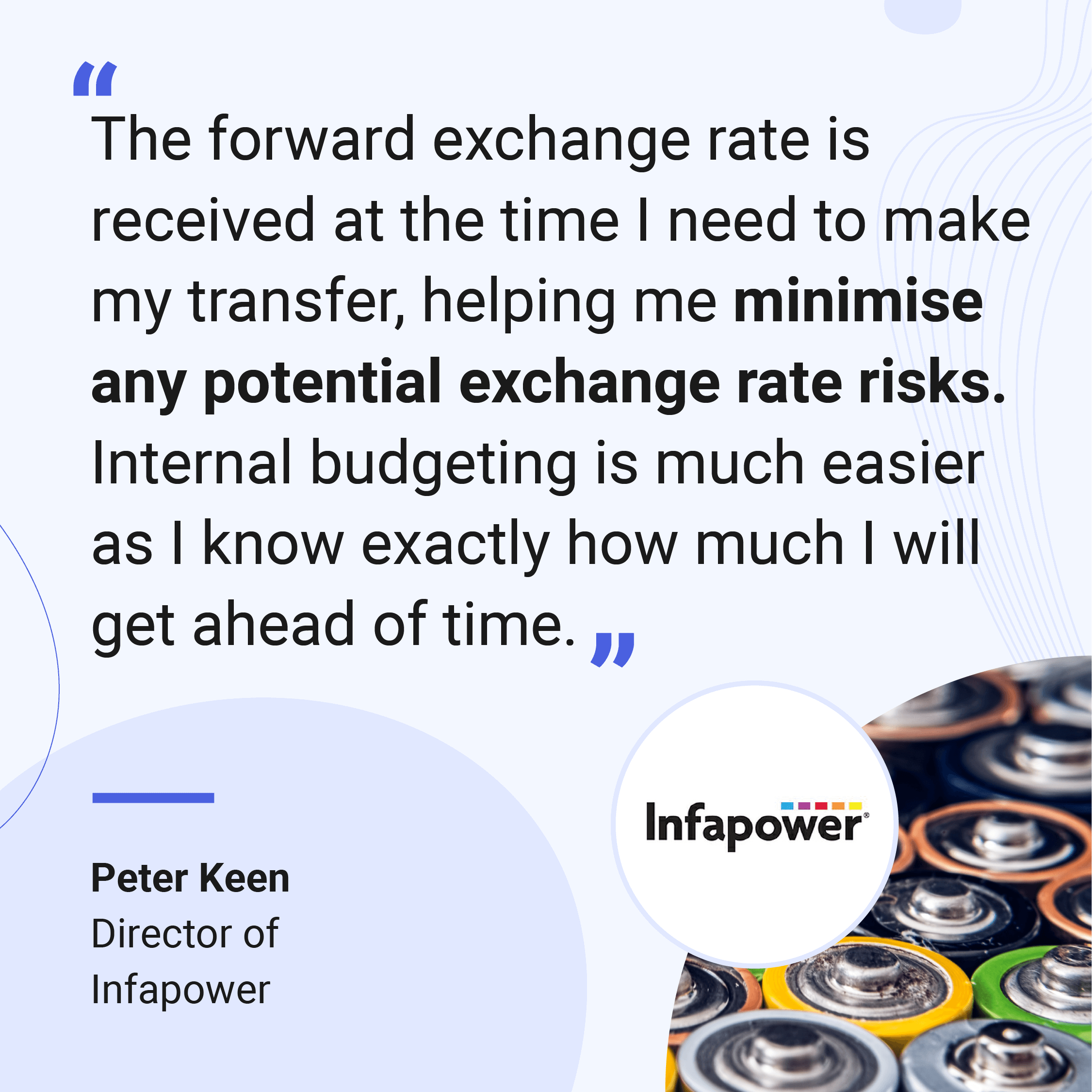
Online transactions currently account for around 20% of global retail sales, but that number is rising. With global retail revenues forecasted to reach over $6 trillion (USD) by 2024, there’s never been a better time to start an online business.
If you’d like to know how to start an online business of your own and take advantage of new growth opportunities, look no further. Whether you’re looking to sell domestically in a familiar market or capitalise on higher growth opportunities internationally, we’ll share the key steps to get you started with your small online business quickly. We’ll also share some tips to make sure you’re well-positioned for sustainable growth opportunities.
How to start a small online business
Regardless of where your business exists (online or as a physical storefront), you’ll need to fulfil some basic requirements to establish your business legally. These include registering with HMRC and following some accounting best practices.
Below is an overview of the key steps you’ll need to take. If you’re already familiar with these requirements, you can read ahead where we’ll walk through other elements of how to start an online business, including how to choose the right e-commerce platform and what effective advertising looks like.
Register your business with HMRC
As a new entrepreneur, you have two ways to set up your businesses: become a sole trader or establish a limited company. While each option lets you keep the profits you make after taxes and control where to allocate future investment, there are crucial differences in the legal protection and operational flexibility at your disposal.
Under British law, a sole trader is simultaneously treated as a person and a business, so your finances are connected. For example, business loans you take out as a sole trader are attached to you, so you’ll need to pay them back even if your business struggles to generate income. Fortunately, the requirements for keeping business records are lower, and you enjoy more flexibility when managing your business’s money.
On the other hand, establishing a limited company gives you more financial and legal protection as your business becomes a separate entity (even though you still manage it). In exchange, Companies House (the regulator for UK limited companies) places a higher bar for transparency, meaning you’ll need to record and submit financial and operational records each year.
Open a dedicated business bank account
Managing your business’s accounting records and financial decisions will be easier if you open a dedicated business bank account. With a single space for your money to move around in, you can tally expenses as well as track profits and cash flow with greater clarity.
Business bank accounts are available from various providers, including most high-street banks. Some even come with loans and startup support, so take some time to research your options to find a good deal.
Meet your bookkeeping and accounting needs
HMRC requires businesses to keep a record of their trading. You’ll need to store records like invoices and expense receipts for up to six years for tax purposes.
Businesses also vary on the types and rates of tax they pay, so factor your respective rates into your accounting and save enough to settle your tax bill, as failing to pay your tax bill in full or on time can result in fines from HMRC. Make sure you speak with a qualified accountant as you’re setting up your small business and learn which tax requirements affect you.
Do you need to register for VAT?
We’ll touch more on specific e-commerce platform requirements below, but your business may be required to register for VAT if you sell via Amazon/eBay (or any other e-commerce platform that requires sellers to register) or you have a VAT-taxable turnover of more than £85,000.
Even if you don’t reach this turnover threshold yet or sell on an e-commerce platform where registration isn’t required, HMRC allows businesses to register voluntarily.
Setting up your business online
With nearly all the necessary legal formalities settled, you’ll now need to turn to more practical questions for your online business, like what products you’re selling and where. Find out more below.
How to manufacture and source products
E-commerce businesses are defined by the goods they sell — do you dominate the children’s toy market or trade in high-end all-natural hair products?
Having a stand-out product is crucial if you’re to be successful, but where can you find the right products? Whether you’ve already got a product idea and need to find a manufacturer or are simply looking to buy wholesale, companies like Alibaba specialise in liaising with e-commerce businesses to offer popular goods, adapt existing products or develop entirely new ones from scratch.
If you’ve considered setting up a dropshipping business, your product life cycle will be shorter. In general, dropshipping businesses are more popular on platforms like Shopify. However, that doesn’t mean you can’t start successful dropshipping businesses on other e-commerce platforms. Amazon, for an example, has requirements to ensure consumers receive a consistent quality standard, despite dropship sellers not handling goods themselves.
How are you financing your business?
As you’re sourcing products to sell, you’ll likely be asked to pay a significant amount of money for deposits or samples — begging the question, how are you financing your new business?
Business isn’t “a one size fits all” endeavour. Some organisations can get by on a lean budget and enjoy high margins, while others require hundreds or thousands of pounds in investment. As you’re operating, try to minimise your spending and use financing options that are manageable (especially during your pre-revenue stage).
Do you need to import?
If you’re manufacturing goods overseas or are importing raw materials to the UK for later use, you may need to pay import taxes or apply for licenses. Learn more about the UK’s latest import requirements here.
Picking the right platform for you
You’ve probably already got some idea about which e-commerce platform you’d like to use, but are you sure it’s right for you? Picking the right e-commerce platform is a vitally important decision for new e-commerce businesses as it’s the equivalent of picking a physical location for a storefront.
You can have the best products, but it can be hard to generate sales without the necessary traffic. Below we discuss the pros and cons of using an established e-commerce platform versus going it on your own.
The case for using an existing platform
E-commerce platforms offer new e-commerce entrepreneurs a captive user base with regular spending habits and an accessible advertising platform to drive product views and conversations.
If you’d like to learn more about using existing e-commerce platforms, find your preferred one below:
- How to become an Amazon Marketplace Seller
- eBay listing optimisation: best practices for small businesses
- How to get your Etsy listing on the first page
The case for setting up your own website
Starting your own online business gives you control over your income and schedule. Building your own website provides you with even further control. You can design your customer experience and sales funnel exactly to your liking, so you trust every step in your sales process. Most importantly, it ensures you see every penny of profit afterwards — rather than paying sellers’ fees and platform admin costs.
Platforms like Shopify, WordPress and Wix have made it easier than ever to set up unique e-commerce platforms and sell directly to consumers, even if you’re completely inexperienced with programming and web design.
List products and start selling
With your products and platform now ready, it’s time to start listing your offers online. The exact process for doing so will vary depending on whether you’re selling on a marketplace versus your own website. However, there are broad similarities to the process and best practices to follow.
Before you hit ‘upload’, follow the steps below to improve the performance of your store or website.
- Optimise your listings for search engines: whether customers search for goods on Google or on Amazon, your store is analysed on how well it matches customers’ search criteria. Therefore, if you sell men's shoes, you need to ensure your store is visible to consumers searching for “men's shoes”. This is called SEO (search engine optimisation) and involves structuring product information clearly and writing listings with accurate and descriptive keywords. Each platform handles keywords slightly differently, so use the guides above to find the platform’s own advice.
- Use high-quality photography: customers can’t physically feel the goods they’re buying, which is why high-quality and well-lit product photography is so important. Whether customers are looking for an exact colour match or an item’s build quality, showing off your products can make the difference between a sale and another abandoned cart.
- Include FAQs: make sure customers aren’t left with questions about your products or business. Including an FAQ section can help consumers find important information about size or fit and lighten your workload from answering routine enquiries.
What’s a good price point to choose for my products?
Unfortunately, there’s no fixed rule. Obviously, you have to cover your base expenses like the cost of goods and business overheads, but there’s no upper limit. In truth, your best price is whatever customers will pay. Experiment with different rates to find the maximum value most customers will pay, and use typical sales tactics like discounts to sweeten the deal.
How to advertise to customers effectively
Your new business’s optimal advertising strategy will differ depending on whether you’ve chosen to use an existing e-commerce platform or have built your own website. Platforms like Amazon allow sellers to sponsor listings and search results to ensure their products appear in front of consumers. Alternatively, you can use social media or Google Ads to show your advertisements to consumers interested in your products.
Strategic and growth targets to consider
Customer traffic and revenue targets
Unlike physical businesses, e-commerce businesses have data at their disposal that can inform their future development. When customers view products or go through your sales funnel, each step is logged by your website server. Using this data, you can make tweaks to your website and find ways to improve key metrics like decreasing your bounce rate or increasing your conversion rate and average order size.
Platform-specific statuses
Platforms like Amazon award sellers ‘Buy Box supplier’ or ‘Prime seller’ statuses, offering more sales opportunities. Other platforms like eBay or Tmall allow merchants to register as the sole owner of a brand and enjoy more exclusivity when selling goods to customers.
Though it may take work and investment to achieve, climbing the ranks of the platform you’re using can help your business cement its value position for years to come. You can still grow a thriving e-commerce business on your own website despite these features being absent through effective marketing and customer engagement tactics.
Closed product feedback loops
Seeking customer feedback is vital. Not only can it help indicate where and what you need to improve on, but product reviews are another way your customers perceive and understand value.
Try to run feedback campaigns through loyalty schemes. Customers can leave reviews and enjoy discounts on future purchases, driving up loyalty and website engagement. In return, you get valuable feedback and the chance at repeat business.
Expanding into international markets
Finally, UK-based entrepreneurs don’t have to settle for selling in their domestic market alone, as the boundaries of e-commerce growth truly are global. With more e-commerce growth predicted to take palace in counties outside the UK, the international e-commerce market is a lucrative and sustainable opportunity that can support your business past its first year.
Similarly, you may wish to split your operations and take advantage of cheaper overseas manufacturing services in countries like China or India to reduce your expenses. Therefore, international consumers and manufacturing partners can help your business thrive for years to come.
Handle international payments easily
If you’d like to buy or sell from other countries, you’ll need an experienced currency provider — and WorldFirst has just the solution. With an account from WorldFirst you can operate in international currencies just like a local, helping you send and receive money seamlessly.
WorldFirst also has same-day payment options available on major currency pairs (subject to cut-off times), so you can rest assured your money will get where it needs to in time.
Open an account for free, with no annual fees or minimum deposits, and enjoy access to over 60 currencies. Find out more online or call 0207 801 1065 today.

You might also like
Insights from WorldFirst cover the latest FX news, top accounting tips, strategies to mitigate risk and key industry trends. Choose a category below to find out more.
Businesses like yours trust WorldFirst
- Almost 1,000,000 businesses have sent $150B around the world with WorldFirst and its partner brands since 2004
- Your money is safeguarded with leading financial institutions

What our customers say about our services





